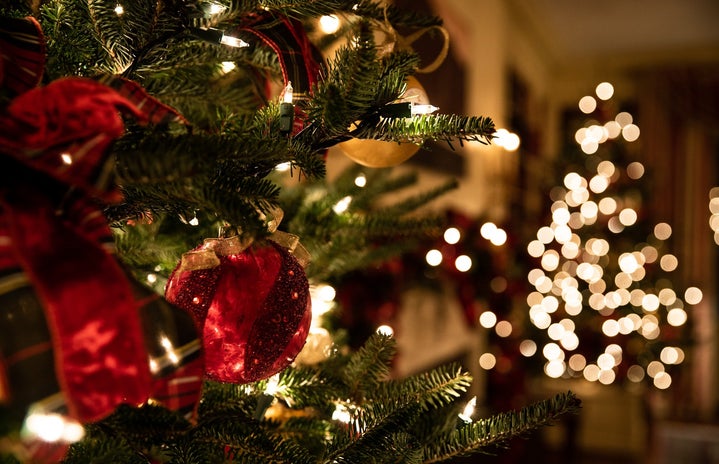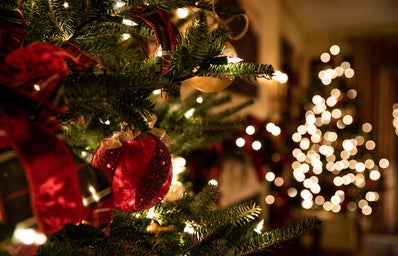Did you know much of the Christmas holiday is derived from Pagan worship? Specifically, it comes from a festival of the winter solstice called Yule!
Yule starts on the day of the winter solstice, which is when the sun ceases its decline for about three days. The sun seems to stand still and lay dormant on the horizon before it begins its ascent into the northern skies, and the days begin to grow longer again.
In the Pagan religions, this would signify the rebirth of the Sun God, and is a time to celebrate. Many other religions around the world have their own winter festivals to celebrate light.
However, in the Scandinavian tradition of Norse, the celebration of the winter solstice was called Jul. It was a celebration of “feasting and merrymaking”. Traditional customs included the burning of a Yule log and a decorated tree- similar to the more commonly known Christmas tree. Many would feast until the Yule log burned out, which could take almost two weeks.
More specifically, it was a time for the sacrifice of cattle. Because of the long winter ahead of them, Europeans would slaughter cattle for two reasons- food to last them through the winter and to prevent them from having to feed more mouths.
For Wicca and Paganism, the celebration came from the Celtic legend of the Oak King’s battle with the Holly King. The Oak King would win, regaining the light and longer days for Earth.
So how did the modern version of Christmas come to be?
In Rome, they celebrated Saturnalia, a holiday to celebrate Saturn- the god of agriculture. Social order was turned upside down, and feasts would go on endlessly during this entire month. They also celebrated the birthday of Mithra, the god of the unconquerable sun, on December 25.
That is extremely different as to what we know Christmas as today- Jesus’s birthday, a Christian holiday. Now, historical evidence proves that his birthday was sometime in the spring to August, so how was December designated to be Jesus’s birthday?
Pope Julius I decided on December 25 as the day to celebrate. He did this specifically to start integrating Christian ideals into Pagan worship, while also allowing Pagans to still worship with their own customs. They hoped that “Christmas” would be popular during this time because it was celebrated during the winter solstice, which was already a celebration to begin with. By the Middle Ages, Christianity basically overthrew Pagan traditions and claimed them as its own. By the 1800s, Americans embraced and re-invented Christmas, turning it into what we know today.
Here are some original associations you can add to your holiday decorating or traditions!
1. Activities
- Hang up holly and mistletoe.
- Bake seasonal treats.
- Feasting!!
- Exchange handmade gifts.
- Hold a ritual to welcome back the sun.
- Burn a Yule log.
- Read or watch some holiday movies by the fire.
2. Colors
- Red
- Green
- Blue
- White
- Gold
3. Incense / Scented Candles
- Cedar
- Cinnamon
- Clove
- Frankincense
- Juniper
- Myrch
- Peppermint
- Pine
Whatever you do for Christmas, remember that there are so many different traditions out there that celebrate it, the winter solstice and Yule. You can read more in-depth on Learn Religions, History or on BBC!
If you tried any of the traditions or associations above, don’t be afraid to tag us on Instagram, @HerCampusSJSU!



